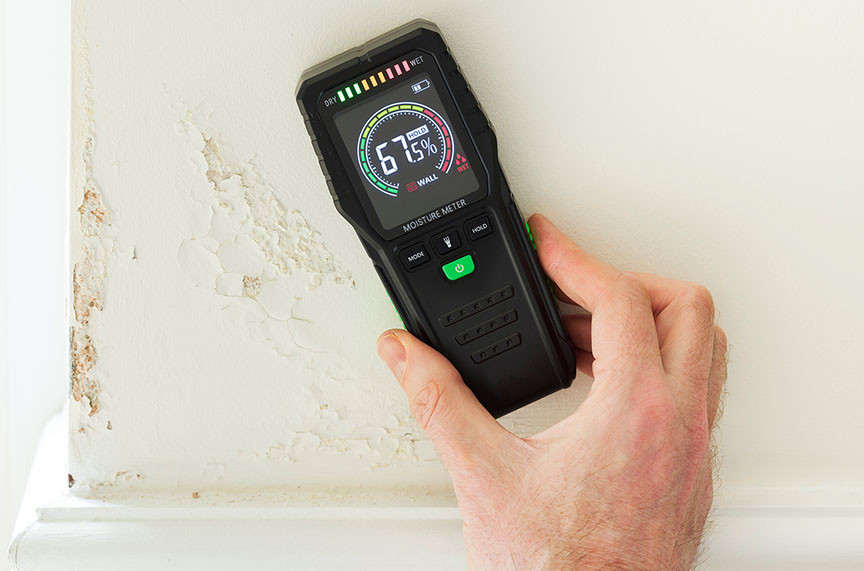Breathing Easier: Tackling Childhood Asthma
04/11/2025

Guest: Catherine Sutton, CEO of Airborne Allergy Action, hosted by Andy Cameron-Smith, Communications Director at Healthy Homes Hub
What if the triggers behind a child’s asthma weren’t just genetic or seasonal—but hidden in the home itself?
In this episode, Catherine Sutton shares her journey from parent to campaigner after discovering how everyday allergens—dust mites, mould, pet dander, even pest droppings—can quietly drive asthma attacks. Through Airborne Allergy Action, Catherine now works to make homes healthier and to ensure the link between housing and respiratory health isn’t overlooked.
Catherine and Andy talk about why small environmental changes—like using mite-proof bedding and sealed HEPA vacuums—can make such a difference, and why the evidence already exists within NHS guidance and public health research. They explore what needs to happen next to bring this knowledge into everyday housing practice.
Key takeaways
The NHS National Asthma Bundle already recommends reviewing the home environment for triggers such as dust mites and mould—but implementation is inconsistent.
Studies show that mite-impermeable bedding and HEPA vacuuming can cut emergency hospital admissions for children sensitised to dust mites.
International models prove that simple healthy home interventions deliver both health improvements and cost savings.
With Awaab’s Law housing providers now have a statutory duty to act quickly on damp and mould—bringing health and housing closer together.
Resources mentioned
Practical steps for housing providers
Act early: Check bedrooms first—these are often where the highest exposures occur.
Equip homes properly: Provide or recommend sealed HEPA vacuums and mite-proof bedding where asthma has been reported.
Work with health teams: Create referral pathways with local NHS asthma nurses or respiratory specialists.
Stay compliant: Review your damp and mould response process to ensure it aligns with Awaab’s Law timelines.
Educate and empower: Share allergy-awareness materials with maintenance teams and residents alike
Related Content
What Are the Benefits of Being a Member of the Healthy Homes Hub?
Industry Recognition and Networking:
Connect with a thriving network of over 350 housing organisations, including decision-makers, innovators, and leaders. Build partnerships that enhance your professional growth and create lasting business opportunities.
Showcase Your Expertise:
Demonstrate your impact by participating in exclusive case studies, webinars, and events. Highlight your contributions to creating healthier, sustainable homes, reaching a broad audience across the sector.
Influence Policy and Advocacy:
Be part of shaping housing policy through direct engagement with policymakers and advocacy efforts. Stay at the forefront of discussions driving meaningful change in the housing sector.
Access to Market Insights:
Gain access to Healthy Homes Hub’s regular newsletters, expert analysis, and resources. Stay informed about trends, regulations, and innovative practices that affect housing professionals.
Specialised Events and Workshops:
Take part in events like the Immersive Study Tours, offering hands-on learning and networking opportunities. Visit groundbreaking projects and facilities to explore real-world solutions for healthier and more sustainable homes.
Exclusive Tools and Resources:
Only members can upgrade to Housing Sage, a cutting-edge AI assistant tailored to social housing professionals. Benefit from personalised insights, regulatory guidance, and innovative ideas to enhance your operations.
Collaboration Opportunities:
Contribute to Healthy Homes Hub’s mission by sharing best practices, participating in action learning programmes like the Retrofit Society, or co-developing solutions with academic and industry leaders.



